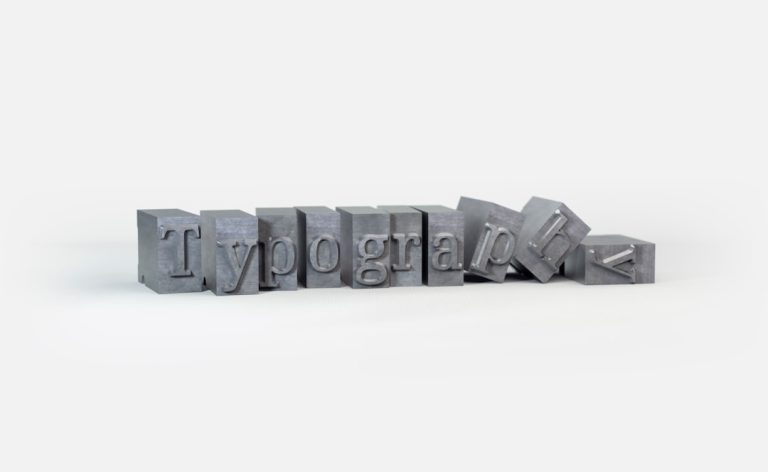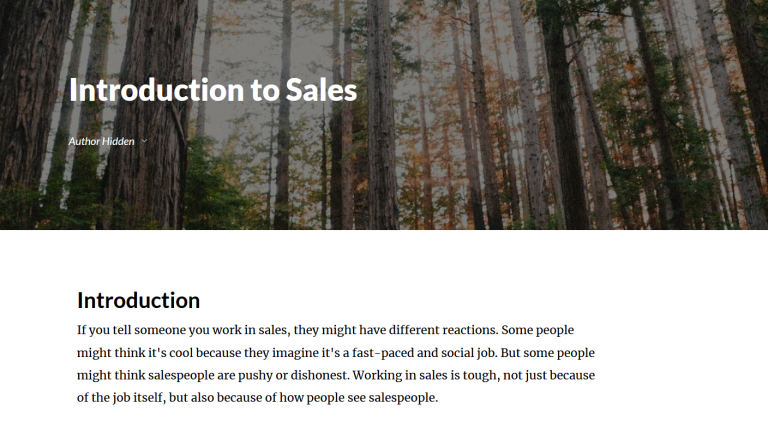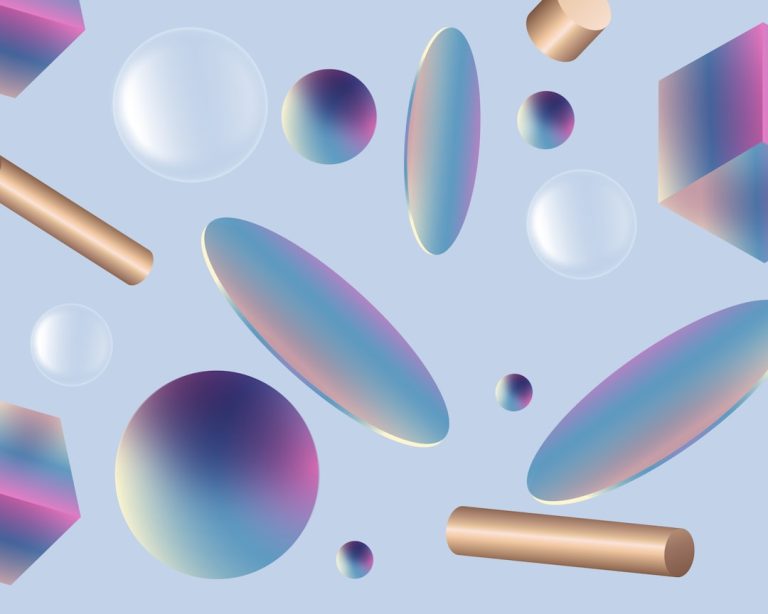Designing for Impact: The Power of Graphic Design
Graphic design is the art and practice of planning and projecting ideas and experiences with visual and textual content. It involves creating visual concepts, using computer software or by hand, to communicate ideas that inspire, inform, and captivate consumers. Graphic design has a rich history that dates back to ancient times when cave paintings were used to convey messages. Over the years, graphic design has evolved and become an integral part of our daily lives.
In today’s world, graphic design plays a crucial role in various industries such as advertising, marketing, branding, and communication. It has the power to influence behavior, evoke emotions, and create a lasting impact on individuals and society as a whole. With the rise of digital media and social platforms, graphic design has become even more important in capturing attention and conveying messages effectively.
Key Takeaways
- Graphic design has the power to communicate messages and create impact.
- Purposeful design considers the intended audience and message.
- Emotional connection can be created through design elements such as color.
- Effective graphic design includes elements such as balance, contrast, and hierarchy.
- Typography plays a significant role in the overall impact of design.
Understanding the Role of Graphic Design in Creating Impact
Graphic design has the ability to influence behavior and shape perceptions. Through strategic use of color, typography, imagery, and layout, designers can create designs that grab attention, convey messages clearly, and persuade individuals to take action. For example, a well-designed advertisement can entice consumers to purchase a product or service by appealing to their desires or needs.
There are numerous examples of graphic design creating impact in various industries. One notable example is the “I Love New York” logo designed by Milton Glaser in 1977. This iconic logo not only became synonymous with New York City but also helped revitalize tourism in the city during a time of economic decline. Another example is the “Hope” poster designed by Shepard Fairey during Barack Obama’s presidential campaign in 2008. This simple yet powerful design became an iconic symbol of hope and change.
In branding and marketing, graphic design plays a crucial role in creating a strong visual identity for companies. A well-designed logo, website, packaging, or advertisement can help differentiate a brand from its competitors and leave a lasting impression on consumers. It is through effective graphic design that companies can communicate their values, personality, and unique selling propositions.
The Importance of Designing with Purpose
Designing with purpose is essential to creating impactful and meaningful designs. Purposeful design goes beyond aesthetics and focuses on solving problems, meeting objectives, and delivering a clear message. It involves understanding the target audience, their needs, and designing with their experience in mind.
Designing with purpose starts with defining clear goals and objectives. Whether it’s creating a website, a poster, or a logo, designers need to understand the purpose of the design and what they want to achieve. This involves conducting research, gathering insights, and understanding the context in which the design will be used.
Once the goals and objectives are defined, designers can start brainstorming ideas and concepts that align with the purpose of the design. They need to consider factors such as usability, accessibility, and visual hierarchy to ensure that the design effectively communicates the intended message.
There are many examples of purposeful design that have made a significant impact. One example is the redesign of the New York City subway map by Massimo Vignelli in 1972. The new map simplified the complex subway system and made it easier for commuters to navigate. Another example is the redesign of the recycling symbol by Gary Anderson in 1970. The new symbol was designed to be simple, recognizable, and easily reproduced, leading to increased awareness and participation in recycling programs.
Designing for Emotional Connection
| Metrics | Description |
|---|---|
| Engagement rate | The percentage of users who interact with the emotional design elements of a product or service |
| Customer satisfaction | The level of happiness and contentment customers feel after interacting with a product or service |
| Brand loyalty | The degree to which customers are committed to a brand and are likely to continue using its products or services |
| Emotional response | The range and intensity of emotions that users experience when interacting with a product or service |
| Conversion rate | The percentage of users who take a desired action, such as making a purchase or signing up for a service, after being emotionally connected to a product or service |
Emotional connection is a powerful tool in graphic design as it can evoke feelings, create empathy, and establish a deeper connection with the audience. By designing with emotions in mind, designers can create designs that resonate with individuals on a personal level.
To design for emotional connection, designers need to understand the emotions they want to evoke and how they can be conveyed through visual elements. This involves considering factors such as color psychology, imagery, typography, and composition. For example, warm colors like red and orange can evoke feelings of excitement and passion, while cool colors like blue and green can create a sense of calmness and tranquility.
Designers can also use storytelling techniques to create emotional connections. By telling a compelling story through visuals, designers can engage the audience and create a memorable experience. This can be achieved through the use of imagery, typography, and layout that support the narrative.
There are many examples of emotionally impactful design. One example is the “Dumb Ways to Die” campaign by Metro Trains in Melbourne, Australia. The campaign used cute and colorful characters to convey serious messages about safety around trains. The playful and humorous approach created an emotional connection with the audience and led to increased awareness and behavior change.
The Psychology of Color in Graphic Design
Color plays a crucial role in graphic design as it has the power to evoke emotions, influence behavior, and communicate messages effectively. Different colors have different psychological effects on individuals, and understanding these effects is essential in choosing the right colors for design.
Warm colors like red, orange, and yellow are associated with energy, passion, and excitement. They can grab attention and create a sense of urgency. Cool colors like blue, green, and purple are associated with calmness, tranquility, and trust. They can create a sense of relaxation and stability.
In addition to individual colors, color combinations also play a significant role in design. Complementary colors, which are opposite each other on the color wheel (e.g., red and green), create contrast and can be visually striking. Analogous colors, which are adjacent to each other on the color wheel (e.g., blue and green), create harmony and can be visually pleasing.
When choosing colors for design, it is important to consider the target audience and the message you want to convey. Different cultures and demographics may have different associations with colors, so it is important to be mindful of cultural sensitivities.
There are many examples of effective use of color in design. One example is the branding of Coca-Cola, which uses the color red to create a sense of energy, excitement, and passion. Another example is the branding of Tiffany & Co., which uses the color Tiffany Blue to create a sense of luxury, elegance, and trust.
The Elements of Effective Graphic Design

Effective graphic design involves the strategic use of various elements to create visually appealing and impactful designs. These elements include line, shape, form, color, texture, space, and typography.
Line is one of the basic elements of graphic design and can be used to create movement, direction, and emphasis. It can be straight, curved, thick, thin, or broken. Line can be used to guide the viewer’s eye and create a sense of flow in the design.
Shape refers to the two-dimensional area created by lines or a combination of lines. Shapes can be geometric (e.g., squares, circles) or organic (e.g., irregular shapes). They can be used to create balance, contrast, and visual interest in the design.
Form refers to the three-dimensional aspect of an object or design. It can be created through the use of shading, perspective, and lighting. Form can add depth and realism to a design and make it more visually engaging.
Color has already been discussed in the previous section but is worth mentioning again as it is one of the most powerful elements in graphic design. Color can create mood, evoke emotions, and communicate messages effectively.
Texture refers to the visual or tactile quality of a surface or object. It can be created through the use of patterns, gradients, or images. Texture can add depth and visual interest to a design and make it more engaging.
Space refers to the area around or between objects in a design. It can be used to create balance, contrast, and hierarchy. Negative space, also known as white space, is the empty space in a design and can be used to create emphasis and focus.
Typography refers to the art and technique of arranging typefaces to make written language legible, readable, and visually appealing. It involves choosing the right typeface, font size, spacing, and alignment. Typography can convey the tone, personality, and hierarchy of a design.
By understanding and effectively using these elements, designers can create visually appealing and impactful designs that effectively communicate messages and engage the audience.
The Impact of Typography on Design
Typography plays a crucial role in graphic design as it can enhance readability, convey tone and personality, and create visual interest. Choosing the right typography for design involves considering factors such as legibility, readability, hierarchy, and aesthetics.
Legibility refers to how easily individual characters can be distinguished from each other. It is important to choose a typeface that is clear and easy to read, especially for body text. Readability refers to how easily blocks of text can be read. It is important to choose a typeface that is comfortable to read for extended periods.
Hierarchy refers to the arrangement of text elements in order of importance. By using different font sizes, weights, and styles, designers can create a visual hierarchy that guides the viewer’s eye and communicates the relative importance of different elements.
Aesthetics refer to the visual appeal of typography. Different typefaces have different personalities and evoke different emotions. It is important to choose a typeface that aligns with the tone and personality of the design.
There are many examples of effective use of typography in design. One example is the branding of Apple, which uses a clean and minimalist typeface (Helvetica Neue) to convey simplicity, elegance, and sophistication. Another example is the branding of Nike, which uses a bold and dynamic typeface (Futura) to convey energy, movement, and athleticism.
Designing for Accessibility and Inclusivity
Designing for accessibility and inclusivity is essential in creating designs that can be accessed and understood by individuals with disabilities or different cultural backgrounds. It involves considering factors such as color contrast, font size, readability, and alternative text.
Color contrast is important for individuals with visual impairments or color blindness. It is important to choose colors that have sufficient contrast to ensure that text and images are easily distinguishable.
Font size is important for individuals with visual impairments or reading difficulties. It is important to choose a font size that is comfortable to read, especially for body text. It is also important to provide options for increasing or decreasing the font size.
Readability is important for individuals with dyslexia or reading difficulties. It is important to choose a typeface that is clear and easy to read, especially for body text. It is also important to provide sufficient spacing between lines and paragraphs.
Alternative text is important for individuals with visual impairments who use screen readers. It is important to provide descriptive alternative text for images, charts, and graphs so that they can be understood by individuals who cannot see them.
There are many examples of accessible and inclusive design. One example is the redesign of the handicap symbol by Sara Hendren in 2014. The new symbol depicts a person in motion rather than static, conveying a sense of ability rather than disability. Another example is the inclusive design of the iPhone by Apple, which includes features such as VoiceOver, Zoom, and larger text options to accommodate individuals with visual impairments.
The Future of Graphic Design and Its Impact on Society
The future of graphic design holds exciting possibilities as technology continues to advance and new trends emerge. One emerging trend in graphic design is the use of augmented reality (AR) and virtual reality (VR) to create immersive and interactive experiences. AR and VR can be used to enhance storytelling, create virtual environments, and engage the audience in new and exciting ways.
Another emerging trend is the use of data-driven design. With the rise of big data and analytics, designers can now gather insights and make informed design decisions based on user behavior, preferences, and demographics. Data-driven design can lead to more personalized and targeted designs that resonate with individuals on a deeper level.
The role of graphic design in society will continue to evolve as technology advances. Graphic design has the potential to create positive change by raising awareness, promoting social causes, and advocating for inclusivity and diversity. With the rise of social media and digital platforms, graphic design has become even more accessible and influential in shaping public opinion and driving social change.
Case Studies: Examples of Graphic Design Making a Real Impact
There are numerous examples of graphic design making a real impact in society. One example is the “Black Lives Matter” movement, which uses powerful graphic design to raise awareness about racial injustice and advocate for change. The movement’s logo, which features a raised fist in black against a yellow background, has become an iconic symbol of solidarity and resistance.
Another example is the “Me Too” movement, which uses graphic design to raise awareness about sexual harassment and assault. The movement’s logo, which features the words “Me Too” in bold black letters against a white background, has become a powerful symbol of solidarity and support for survivors.
These designs were created by individuals who were passionate about creating change and used their skills in graphic design to amplify their message. They understood the power of visual communication and used it to create designs that resonated with individuals on a personal level.
Graphic design is a powerful tool that has the ability to influence behavior, evoke emotions, and create a lasting impact on individuals and society as a whole. It plays a crucial role in various industries such as advertising, marketing, branding, and communication. By designing with purpose, creating emotional connections, understanding the psychology of color, using effective design elements, and considering accessibility and inclusivity, designers can create impactful and meaningful designs.
The future of graphic design holds exciting possibilities as technology continues to advance and new trends emerge. With the rise of augmented reality, virtual reality, and data-driven design, designers have new tools and techniques at their disposal to create immersive and personalized experiences. Graphic design has the potential to create positive change by raising awareness, promoting social causes, and advocating for inclusivity and diversity.
As designers, we have a responsibility to use our skills for good and create designs that have a positive impact on individuals and society. By understanding the power of graphic design and embracing its potential, we can create designs that inspire, inform, and captivate audiences. Let us continue to push the boundaries of graphic design and use it as a force for positive change.
If you’re interested in expanding your graphic design skills, you might find this article on creating a contact sheet in Adobe Photoshop CC 2 helpful. It provides a step-by-step review of the process, allowing you to efficiently organize and present multiple images in a single document. Check out the article here to learn more. And while you’re at it, don’t forget to explore other useful resources on NPL Photoshop, such as their article on blurring backgrounds for a professional touch here.
FAQs
What is graphic design?
Graphic design is the art and practice of creating visual content to communicate information and ideas to a specific audience. It involves combining typography, images, and other elements to create designs for various mediums such as print, digital, and advertising.
What are the different types of graphic design?
There are several types of graphic design, including branding and identity design, web design, user interface design, publication design, packaging design, and advertising design.
What skills are required for graphic design?
Graphic designers need to have a strong understanding of design principles, typography, color theory, and layout. They should also be proficient in using design software such as Adobe Photoshop, Illustrator, and InDesign. Good communication and problem-solving skills are also important.
What is the role of graphic design in branding?
Graphic design plays a crucial role in branding by creating visual elements such as logos, color schemes, and typography that represent a company’s identity and values. These elements help to create a consistent and recognizable brand image across all mediums.
What is the difference between graphic design and web design?
Graphic design focuses on creating visual content for various mediums, while web design specifically involves designing for websites and other digital platforms. Web design requires knowledge of coding languages such as HTML, CSS, and JavaScript, in addition to design skills.
What is the job outlook for graphic designers?
The job outlook for graphic designers is expected to grow by 3% from 2018 to 2028, according to the Bureau of Labor Statistics. However, competition for jobs in the field is high, and those with a strong portfolio and diverse skill set will have an advantage.




